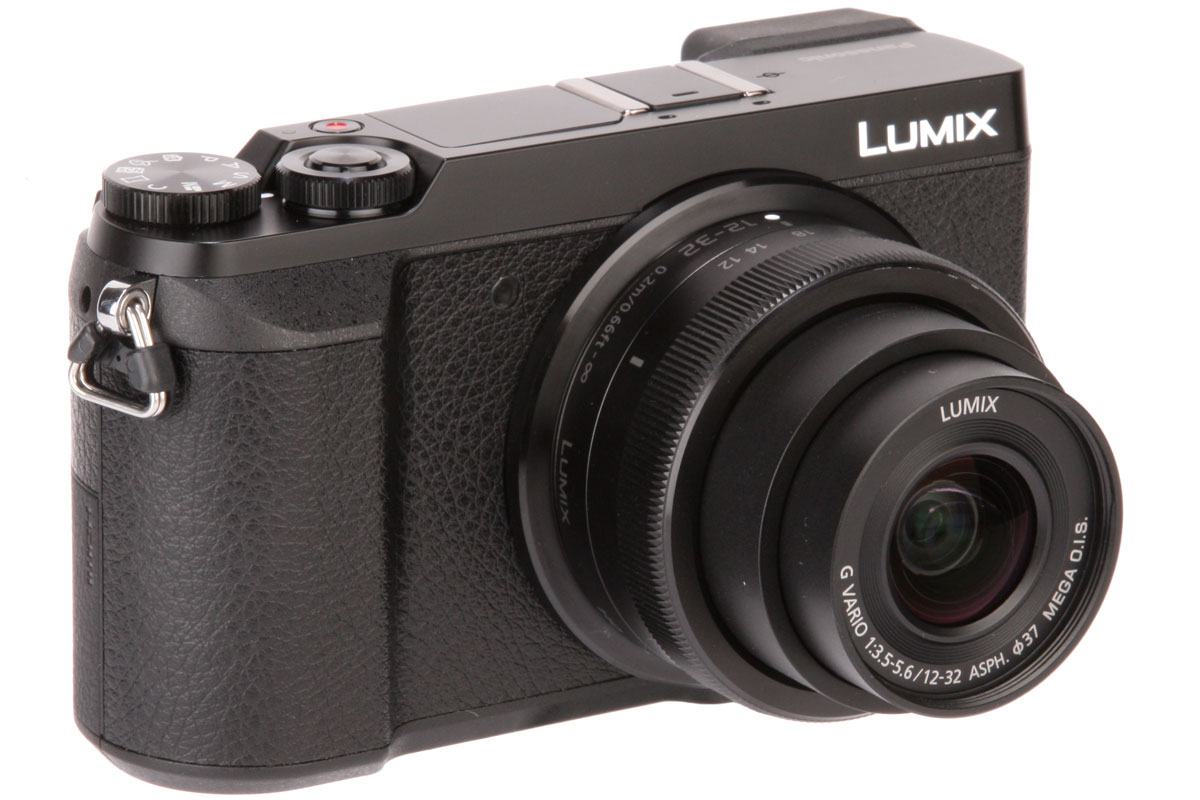Like many people I use a variety of cameras. I started out with film back in the mid 80’s with a Pentax KM and then moved into digital with various compacts, notibly Nikon in the 00’s and then into my first mirrorless camera, the diminutive Panasonic Lumix GX80 a few years back. Since then I have added a Nikon D600 DSLR for studio work, the Fujifilm x-T1 for it’s colour science and the Canon G7x mkII for unobtrusive street and candid. All good cameras to be honest and all capable of taking great photos in a variety of conditions. For example, the Fuji x-T1 with an 50mm prime is as good in the studio as the Nikon D600 with an 85mm portrait lens. The Canon G7x mkII is a great all-rounder, capable to taking great shots in many situations, not just street related. In fact there’s little to choose between any of them in terms of image quality, especially given the editing tools we routinely have available today.
When I decided to move into mirrorless, this was at the end of 2017, I spent a lot of time looking at what was available within my budget. In fairness, I didn’t look too deeply at Fuji cameras then, something I came to regret downstream of my purchase, although my interest would have recolved around the x100f at that time, or even the x-Pro series and these are very similar to the Lumix GX80. My final decision then came down to Olympus and Panasonic, both offering great specs but for me, because I really wanted to be able to have a camera do everything, i.e. video and stills, street and landscape, and to do it all for peanuts, the Lumix GX80 ticked all the boxes. It’s still a great decision today given that few manufacturers have managed to offer similar specs in newer equipment. Take the Fuji x-Pro range as an example. Great cameras without doubt but my little Lumix GX80 outguns them all up until the very latest version, the Fuji x-Pro3 and even then, it’s mighty close. All this being said, had I had a slightly bigger budget I might have looked at the Lumix GX8 and GX9 as these offer similar specs but with a better viewfinder. The viewfinder on the GX80 is one of its biggest let-downs as it’s very small, both in physical size and in magnification. It is however a small price to pay for such a great camera.
So what is it about the Lumix GX80 that sparks my imagination. Firstly it’s the compact size of the camera. It’s relatively small in the hand, rangefinder in design with an M43 sensor. All this means it’s inconspicuous in use so ideal for street / candid photography in particular. Couple it to a first class lens such as the Leica branded 12-60mm f2.8, or if pockets don’t stretch that deep, the Lumix 12-60mm f3.5-5.6 and it sings. It may only have a 16MP M43 sensor but it doesn’t seem to realise that. It takes great images, perhaps a little soft when compared to say the Sony range of FF and indeed, APS-C cameras and lenses but photography isn’t always about precision and pin sharp images. It’s about composition, content and emotion and the Lumix GX80 delivers that in abundance. And considering we are talking here about a camera that is some 5 or 6 years old now, the touch screen interface was way in advance of it’s time as was it’s ability to shoot 4K video at 30fps. Very little compared with it then and some might argue that many more modern cameras today don’t do such a good job.

The other thing about the Lumix GX80 is that it holds it’s price. When I bought mine, and remember this was back in early 2018, the price was £550 discounted to £350 through a Panasonic rebate offer. I looked today and these cameras are still retailing 2nd hand at around £440 which is alwys a good sign.
Below is an album of shots taken across the past few years using the Lumix GX80. The GX80 was coupled with a variety of lenses, most recently the Lumix 45-200 f3.5-5.6 (for the top 5 images below) while the rest were mostly taken using the Lumix 12-60mm f3.5-5.6 which I have pretty much standarised on for the majority of my photography.
Any processing applied to the above images was done using applications including On1 PhotoRAW, Darktable, Luminar 4, Luminar Neo and Affinity Photo. My current editor of choice is On1 PhotoRAW 2022 but I still routinely use the others mentioned for various jobs. Interestingly, although the list looks long, I only actually pay about £100 / year as Darktable is free, Affinity Photo cost me £25 as a one off purchase and Luminar Neo, which I mostly use as a plugin to Affinity Photo, cost just £35. The biggest outlay is On1 PhotoRAW which now I hve the latest software and plugins should cost me around £75 to update in 2023. You can read my thoughts on On1 PhotoRAW 2022 here.























